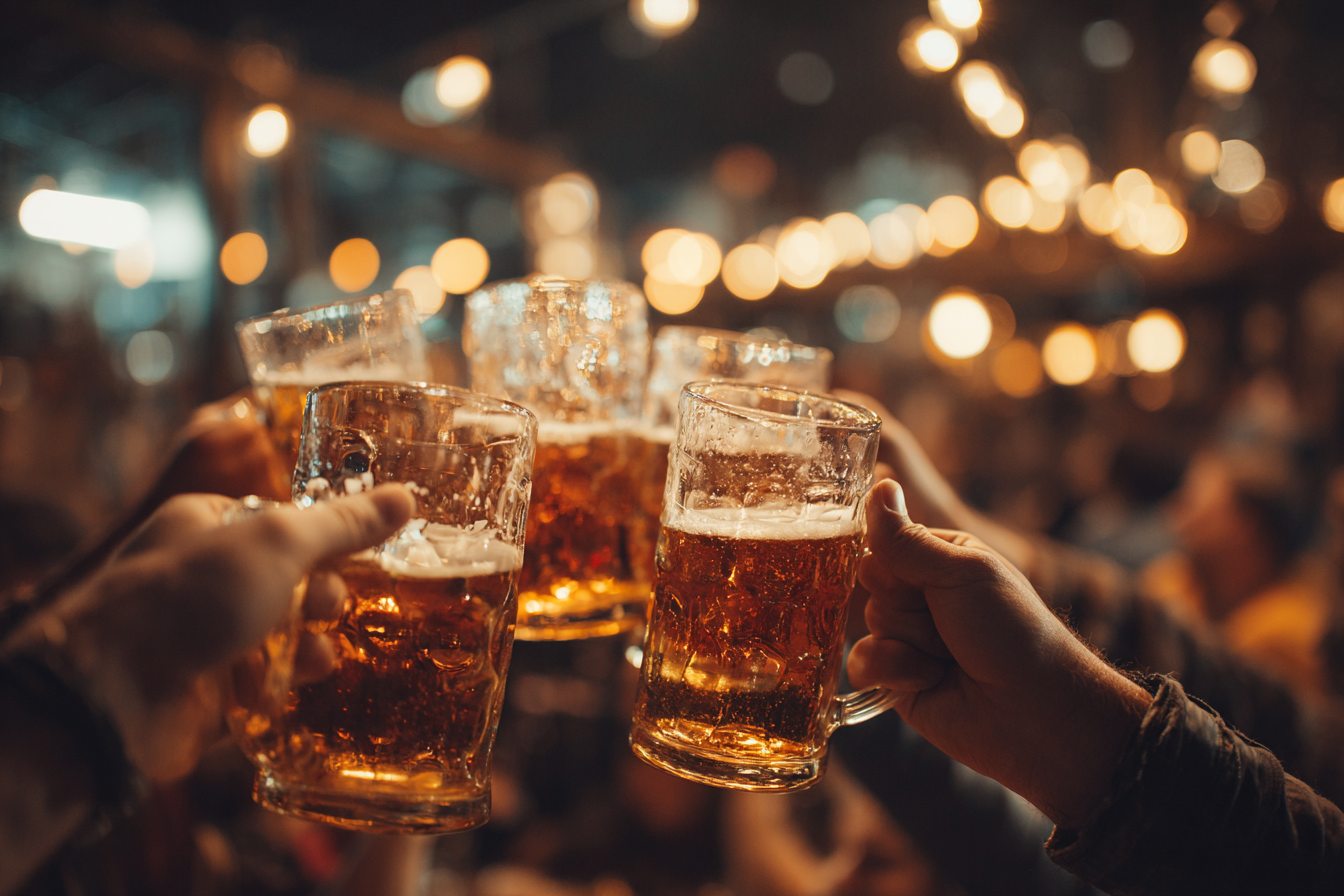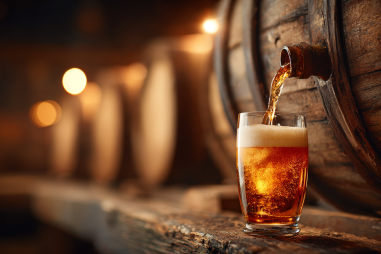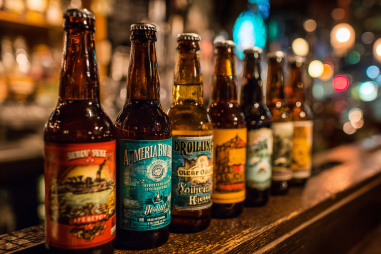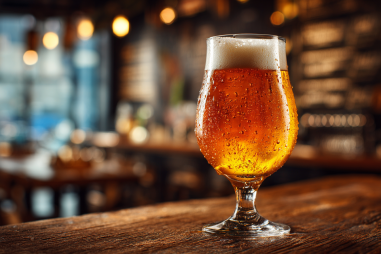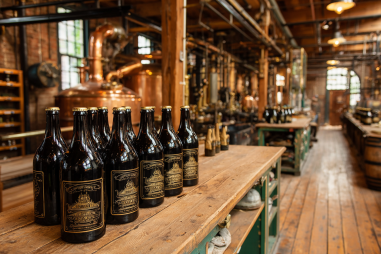American Light Lager has held a unique position in the beer market for many years. Known for its crisp, mild flavor and easy drinkability, this style has become almost synonymous with the quintessential American beer experience. While its dominance may have fluctuated over time, understanding the trends behind its popularity sheds light on broader shifts within the beer industry, changing consumer preferences, and the evolving landscape of alcoholic beverages in the United States and beyond.
Introducing American Light Lager’s Market Presence
American Light Lager emerged as a go-to option for consumers seeking a refreshing, low-calorie, and accessible beer. Unlike more robust beer styles, light lagers often emphasize drinkability over complexity, making them appealing to a wide range of drinkers. Brands such as Bud Light, Miller Lite, and Coors Light have become household names, significantly contributing to this style’s market presence. Historically, these beers dominated supermarket shelves, bars, and sporting events, securing a mass-market appeal that brought millions of consumers to the category year after year.
Historical Popularity and Peak Eras
The rise of American Light Lager can be traced back to the mid-20th century. After World War II, an expanding middle class, suburban growth, and a booming economy created ideal conditions for the beer industry. The innovation of lighter beers, which offered fewer calories and a softer taste, coincided with changing lifestyles and social habits. The 1970s and 1980s were a golden era for American Light Lager, with brands capitalizing on aggressive marketing and strategic distribution. During this time, many light lagers became the best-selling beers in the United States, appealing to a broad demographic and solidifying their place in American culture.
Throughout the 1990s and early 2000s, light lagers continued to perform strongly, although the growth rate began to slow as consumer tastes started to diversify. Despite this, the category consistently represented a significant share of overall beer sales for decades, demonstrating a strong and lasting consumer preference.
Demographic Preferences and Shifts
Traditionally, American Light Lager has had wide demographic appeal. It resonated with males aged 21-35, often targeting sports fans and social drinkers looking for something light and refreshing. However, as preferences began shifting over the years, younger generations—especially millennials and Gen Z—started to move away from mass-produced light lagers. These consumers tend to seek out more flavor complexity, craftmanship, and unique brand stories.
Despite changing demographics, light lagers maintain traction with certain groups, such as older consumers who favor the familiar taste, and those focused on lower-calorie options. Additionally, the broader health and wellness movement has influenced preferences, with many drinkers opting for lighter beverages as part of a balanced lifestyle.
Influence of the Craft Beer Movement
No discussion about American Light Lager popularity would be complete without considering the impact of the craft beer revolution. Since the 1980s and accelerating in the 2000s, craft breweries introduced a vast variety of beer styles, flavors, and brewing techniques. These new options changed the beer market landscape, giving consumers alternatives that offered bold flavors, higher alcohol content, and artisanal appeal.
The craft beer movement challenged the dominance of light lagers by attracting adventurous drinkers and sparking interest in diverse beer experiences. For many, the subtle, often bland profile of traditional light lagers became less exciting compared to hoppy IPAs, rich stouts, and sour ales. That said, some craft brewers have embraced lighter, crisper styles inspired by classic lagers, creating their own takes on the light lager style to capture both tradition and innovation.
Marketing Strategies and Consumer Perception
Marketing has been a crucial factor in the story of American Light Lager popularity. Early advertising campaigns emphasized sociability, sportsmanship, and Americana, often associating the beer with outdoor barbecues, concerts, and major sporting events. These campaigns built strong emotional connections between consumers and brands, helping to entrench light lagers as default choices for casual drinking occasions.
Over time, marketing efforts have evolved to address changing perceptions. Light lagers are now often promoted for their low-calorie content, appealing to health-conscious buyers. Furthermore, brands have invested in influencer collaborations, digital advertising, and sponsorships of popular cultural events to stay relevant among younger audiences.
Consumer perception, however, has become more nuanced. While light lagers are recognized for their consistency and approachability, they sometimes face criticism for lacking flavor complexity. This duality forces brands to balance tradition with innovation in their messaging and product development.
Current Consumption Patterns
In recent years, consumption patterns show a notable decline in American Light Lager sales in volume, but the category still retains an important place in the beer market. Data from industry analysts reveal that while overall beer consumption may be challenged by alternative beverages such as hard seltzers and spirits, light lagers remain a popular choice for many consumers seeking low-alcohol, low-calorie, and easy-drinking options.
At the same time, new variants—such as flavored light lagers or those brewed with fewer carbs—are gaining traction. These products attempt to update the traditional light lager profile to better align with modern tastes without alienating loyal consumers.
Distribution remains broad, with light lagers widely available at retail outlets, bars, restaurants, and major events. Their affordability and brand recognition continue to make them popular for occasions that demand crowd-pleasing beverages that don’t overwhelm the palate.
Looking Ahead: Predictions for Future Trends
The future of American Light Lager seems poised to be one of adaptation and reinvention. As consumers continue to evolve, the following trends are expected to shape the category:
- Innovation in Flavor and Ingredients: Brewers may experiment more with botanical infusions, alternative grains, or unique yeast strains to add subtle complexity while preserving sessionability.
- Health-Conscious Reformulations: Further reductions in calories, carbs, and alcohol content could attract wellness-focused consumers without compromising taste.
- Hybrid Styles: Blending light lagers with craft beer elements, such as hop-forward notes or barrel aging, might appeal to both traditional fans and craft enthusiasts.
- Enhanced Marketing Strategies: A stronger emphasis on storytelling, sustainability, and community engagement may help brands resonate more deeply with younger audiences.
- Increased Competition: Rising popularity of alternative beverages will challenge light lagers to maintain relevance in a crowded market.
Overall, while American Light Lager may not dominate as it once did, it remains a foundational style in the beer market with considerable potential for growth and reinvention.
The Continuing Evolution of American Light Lager
American Light Lager has had a profound impact on the beer market and social drinking culture in the United States for decades. Although tastes and trends have begun to shift, this style is far from obsolete. Its broad appeal, market accessibility, and adaptability ensure that it will continue to be part of the beer conversation. By understanding its historical popularity, demographic shifts, and the influence of the craft revolution, industry stakeholders and consumers alike can better appreciate where American Light Lager fits today and where it might head in the future.
As the beer market moves forward, American Light Lager will likely embrace innovation while honoring the qualities that made it a staple—balance, approachability, and refreshment—ensuring that it remains relevant in an ever-changing beverage landscape.

